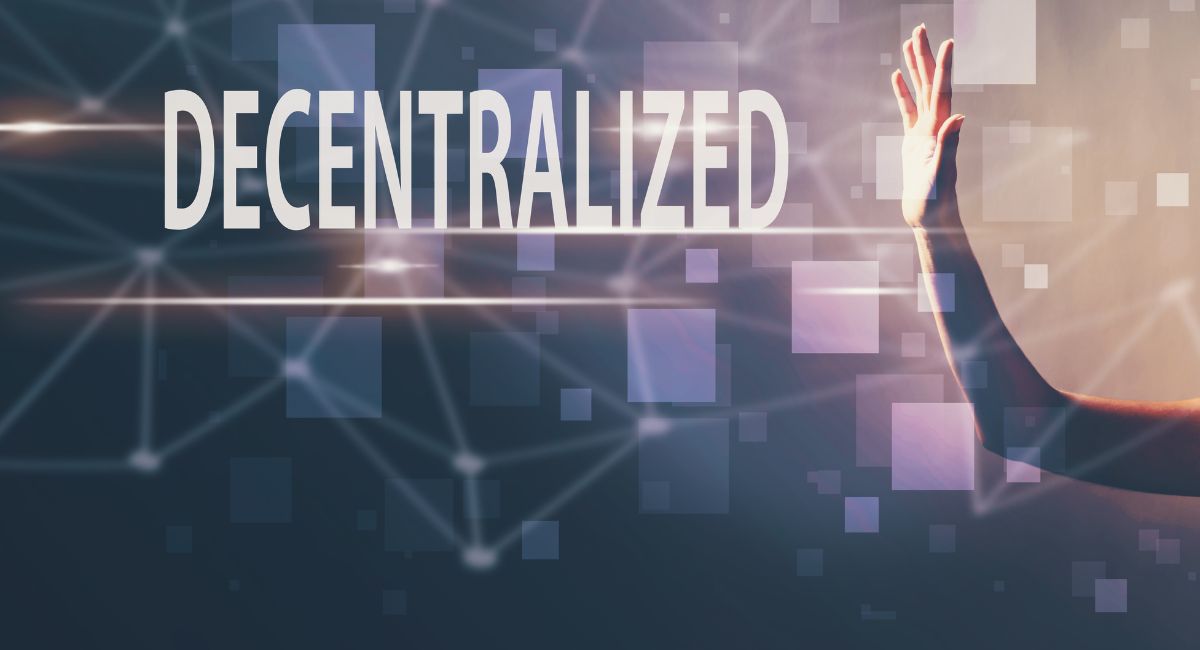Top 5 Uses of dApps In The Web3 Technology
The definition of web3 must be identified before discussing the significance of dApps in the web3 technology. The third generation of the internet enables intelligent information processing by websites and applications.
What position do dApps have in the larger web3 scene? Actually, the only way to have a deeper grasp of web 3.0 dApps is to think about its key characteristics. The future of web3 requires universal applications that can be used by many different hardware and software platforms and provide increased convenience for both professional and leisure-time activities.
Uses of dApps in the Web3 Environment
The use cases of dApps will also be discussed in relation to the function of decentralized applications in web 3.0. It is crucial to comprehensively understand how dApps are used to drive value-based changes across diverse industries. The following significant dApps applications can be found in many industries.
Facebook Applications
The first example in the list of web3 dApps would highlight social media apps. Most social media sites, including Facebook and Instagram, have become essential parts of peoples’ lives. It’s crucial to remember that social media sites have access to users’ personal information and other crucial data. Decentralization in social media applications is so obviously required, given the growing concern over data privacy.
You can investigate the potential for realistic advancements in user privacy and data security. The absence of a centralized authority allows independence from worries about other parties stealing or leaking sensitive user information. Steemit and Sapien are two well-known instances of dApps acting as social networking networks.
Online Storage
The use cases for cloud storage also highlight the part dApps will play in web 3.0. As of right now, all data storage servers, like AWS, are totally centralized. As a result, there is a higher likelihood that the information saved on such servers will be altered or even given to third parties without the user’s permission. On the other hand, decentralized data storage systems would refrain from keeping their data on a centralized server.
Decentralized apps would use a distributed file system with encrypted data transfer for data storage. The fragmentation of data into many fragments is a significant feature of dApps applications for cloud storage. Users can then recover the fragments in accordance with their needs. Sia and Storj are two famous instances of dApps in cloud storage systems.
Also, read – A list of top 5 Web 3.0 cryptocurrencies to invest in for 2022
Browsers
One of the intriguing uses for web3 dApps would also be to make browsers more noticeable. Traditional browsers like Google and Firefox are essentially centralized platforms. In addition, the centralized structure suggests that browsers may keep users’ personal data, including their location, social network accounts, passwords, and other specifics.
Decentralized browsers will be required in the web 3.0 environment. Why? It is vital to remember. The phrase “decentralization” makes the solution clear-cut and uncomplicated. Decentralized browsers will, after all, be a key component of the decentralized web 3.0 ecosystem. A decentralized browser that can enhance the web 3.0 environment is the Brave browser.
Streaming Programs
As the world adopts the idea of a decentralized network, entertainment will also be one of the noteworthy features in web3 dApps examples. YouTube, Netflix, Amazon Prime Video, and Spotify are examples of well-known centralized streaming services. The centralized platforms might control user material and subject users to ad campaigns that are specifically tailored to them.
The use of dApps in the space of music and video streaming apps can now bring about tenable advancements. First, content creators can be compensated fairly for their work while addressing copyright issues. LBRY and UjoMusic are two well-known dApps for streaming music and videos.
Messaging Programs
The last and most significant use case for dApps is messaging dApps. Different messaging apps are used by about 3 billion individuals worldwide, and nearly 145 billion messages are sent and received daily. When you determine the strategy for creating private, decentralized communications, you can comprehend the significance of dApps in web 3.0.
Stay informed with daily updates from Blockchain Magazine on Google News. Click here to follow us and mark as favorite: [Blockchain Magazine on Google News].
Get Blockchain Insights In Inbox
Stay ahead of the curve with expert analysis and market updates.
latest from tech
Disclaimer: Any post shared by a third-party agency are sponsored and Blockchain Magazine has no views on any such posts. The views and opinions expressed in this post are those of the clients and do not necessarily reflect the official policy or position of Blockchain Magazine. The information provided in this post is for informational purposes only and should not be considered as financial, investment, or professional advice. Blockchain Magazine does not endorse or promote any specific products, services, or companies mentioned in this posts. Readers are encouraged to conduct their own research and consult with a qualified professional before making any financial decisions. The featured image used is just a creative depiction of the title and it does not intend to hurt sentiments of any person or institution. If it hurts anyone sentiments, please do not hesitate to reach out to Blockchain Magazine.

 Bitcoin
Bitcoin  Ethereum
Ethereum  XRP
XRP  Tether
Tether  Solana
Solana  Dogecoin
Dogecoin  USDC
USDC  Cardano
Cardano  Lido Staked Ether
Lido Staked Ether  TRON
TRON  Chainlink
Chainlink  Avalanche
Avalanche  Stellar
Stellar  Wrapped stETH
Wrapped stETH  Wrapped Bitcoin
Wrapped Bitcoin  Sui
Sui  Hedera
Hedera  Toncoin
Toncoin  Shiba Inu
Shiba Inu  WETH
WETH  Polkadot
Polkadot  Parkcoin
Parkcoin  LEO Token
LEO Token  Litecoin
Litecoin  Bitcoin Cash
Bitcoin Cash  Bitget Token
Bitget Token  Uniswap
Uniswap  Official Trump
Official Trump  Hyperliquid
Hyperliquid  Wrapped eETH
Wrapped eETH  Pepe
Pepe  USDS
USDS  NEAR Protocol
NEAR Protocol  Ethena USDe
Ethena USDe  Aave
Aave  Aptos
Aptos  Internet Computer
Internet Computer  Ondo
Ondo  Ethereum Classic
Ethereum Classic  Monero
Monero  POL (ex-MATIC)
POL (ex-MATIC)  OKB
OKB  Cronos
Cronos  Mantle
Mantle  Algorand
Algorand  Dai
Dai  MANTRA
MANTRA  Render
Render 




